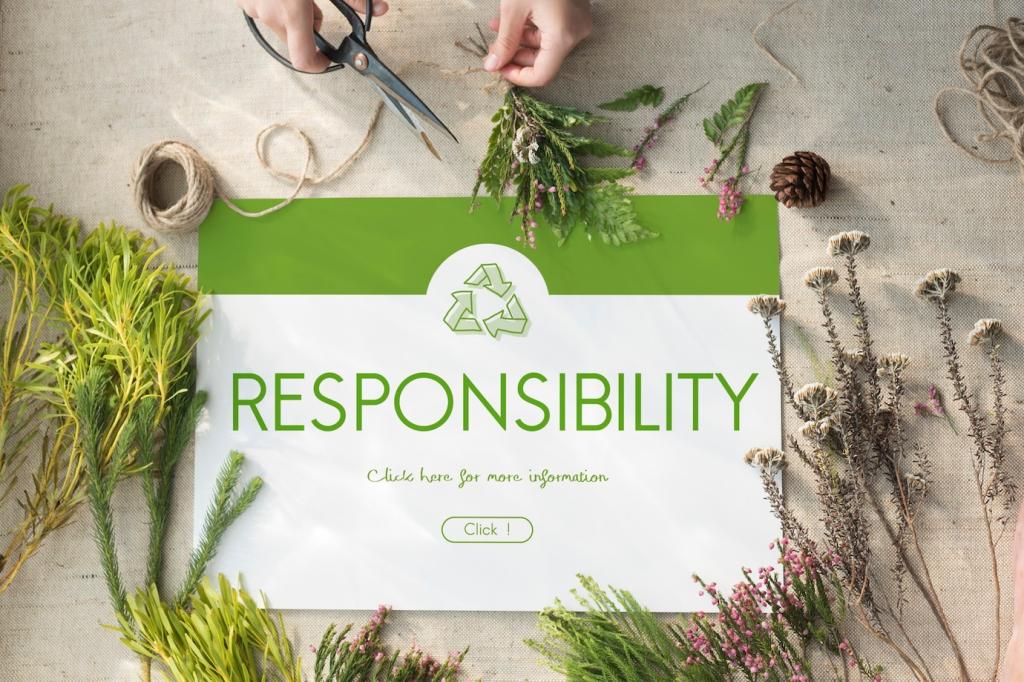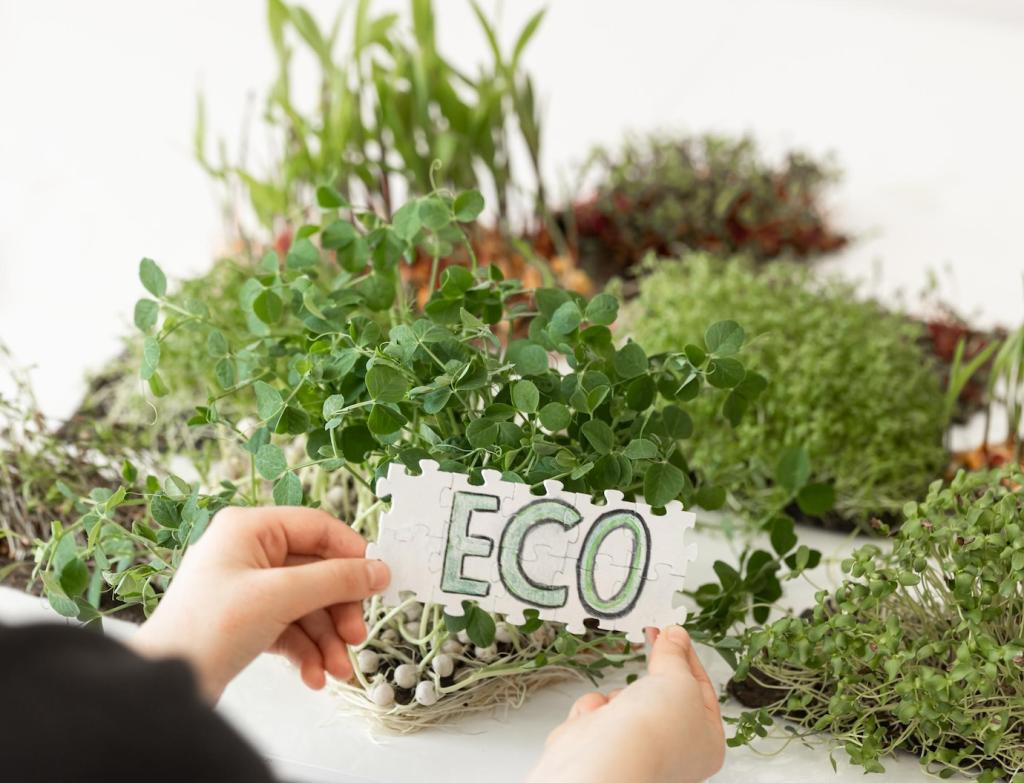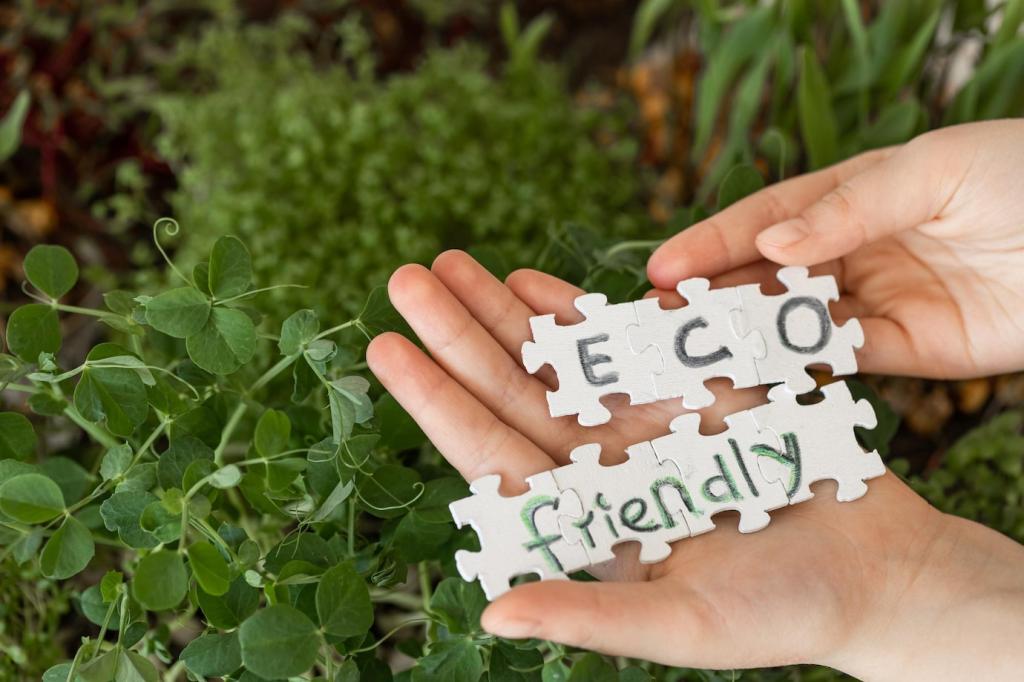Case Studies: Successful Sustainable Events
Chosen Theme: Case Studies: Successful Sustainable Events. Dive into real-world stories, practical tactics, and measurable wins from events that cut waste, lowered emissions, and energized communities. Get inspired, ask questions, and subscribe to follow new case-led insights each week.

Why These Case Studies Matter Now
A coastal arts festival serving 35,000 attendees replaced disposables with reusables and partnered with a local recycler for stage offcuts. Waste to landfill fell by two-thirds, and volunteers learned skills they later used in neighborhood cleanups.


Why These Case Studies Matter Now
A 9,000-person innovation summit tracked power, freight, and travel emissions, publishing a transparent per-attendee footprint. Vendors earned bonuses for hitting reduction targets, turning procurement into a scoreboard everyone wanted to win.
Zero-Waste Operations in the Real World

Reusable cup systems with vendor accountability
A summer music weekend introduced a deposit-based cup program, tracked returns by bar, and included loss fees in supplier contracts. Return rates exceeded ninety percent by day two, cutting cleanup labor and improving attendee satisfaction scores.

Sorting stations designed like friendly wayfinding
Bright colors, clear icons, and on-the-spot volunteers turned sorting into a simple choice. Signage matched what vendors actually served, reducing contamination and helping the hauler confirm impressive diversion rates without last-minute surprises.

Back-of-house magic: compactors, scales, and calm coordinators
A dedicated dock team weighed each stream, logged data hourly, and adjusted bin placement between shows. The result was fewer overflows, cleaner recycling, and a trustworthy dataset for the post-event impact report.


Low-Carbon Power and Venues
An outdoor cinema paired batteries with right-sized generators, charging during off-peak. Fuel use dropped significantly, and noise fell so much that organizers expanded quiet zones without sacrificing screen brightness or safety margins.
Low-Carbon Power and Venues
A conference center prioritized natural light and cross-ventilation, allowing lower artificial lighting and moderated HVAC. Attendee comfort improved, and the planner negotiated an energy clause that rewarded off-peak scheduling and smarter set builds.


Travel, Mobility, and Remote Inclusion
A city expo bundled public transit into tickets and offered secure bike parking, plus VIP early entry for car-free arrivals. Surveys showed mode shift away from ride-hailing and genuine appreciation for the time savings.
Travel, Mobility, and Remote Inclusion
A waterfront festival created bike valet, scooter charging, and frequent electric shuttles from train stations. The last-mile solution smoothed crowd flows and cut peak congestion, while signage invited riders to share tips on social channels.
Food, Water, and Materials That Tell a Story
Plant-forward menus that still feel celebratory
A gala reimagined comfort classics with seasonal vegetables and regional grains, spotlighting farmers on table cards. Guests complimented the creativity, and plate waste declined because portions matched natural appetites and pacing.
Refill stations make hydration effortless
Organizers mapped bottle refill points every sixty meters, branded them clearly, and offered loaner bottles with a small deposit. Lines were short, litter vanished, and attendees shared refill selfies that boosted engagement.
Designing for second life from day zero
Stage flats used modular panels that later became school theater sets. Wayfinding banners printed on fabric turned into tote bags by a local maker group, giving sponsors a feel-good story to tell post-event.


A deposit and return program funded washing costs and reduced purchase of disposables. Fewer restocks and faster cleanup lowered labor, and sponsors loved branding durable items that stayed in photos and memories.

By improving sorting and reducing volume, one expo renegotiated hauling fees based on actual weights. Transparent data convinced the hauler, unlocking savings that covered volunteer training and better station design.

A beverage partner backed refill infrastructure and asked for verified usage stats. The event delivered a concise impact dashboard, and the sponsor renewed early because the numbers made the story credible and repeatable.
Apply the Lessons: Your Next Sustainable Event
01
Begin with baselines and a bold first move
Pick one high-visibility change—reusables, transit bundles, or hybrid streaming—and measure its impact. Share your baseline openly, then invite readers to suggest the next improvement in the comments or via our newsletter.
02
Write expectations into every contract
Align vendors with clear specs, loss fees, and bonuses for achieving targets. Templates help everyone succeed, and published case studies encourage new suppliers to join your sustainability journey wholeheartedly.
03
Report back, reflect, and iterate together
Publish a short impact report with wins and misses, then host a community Q&A to plan upgrades. Subscribe for future case studies, and share your own results so we can feature your success story next.
Join our mailing list
